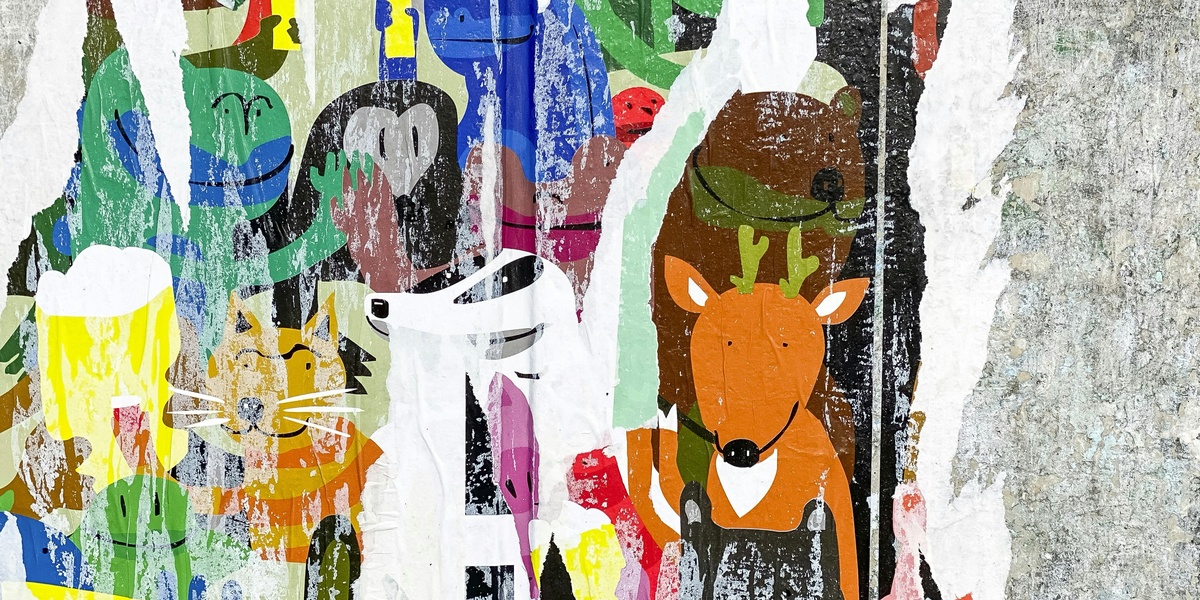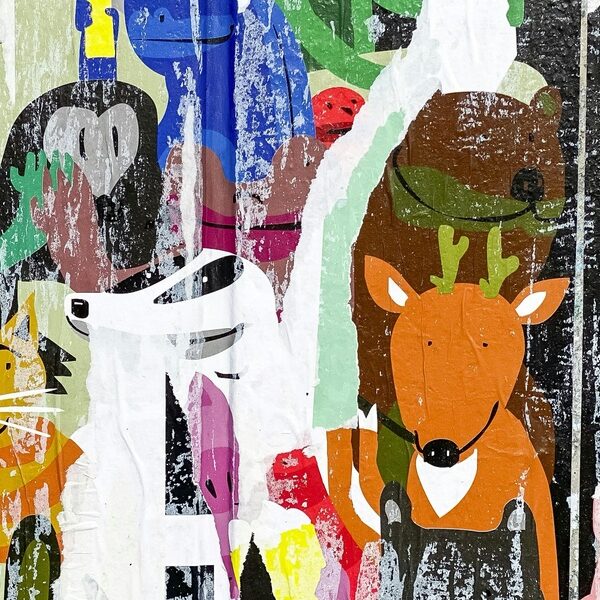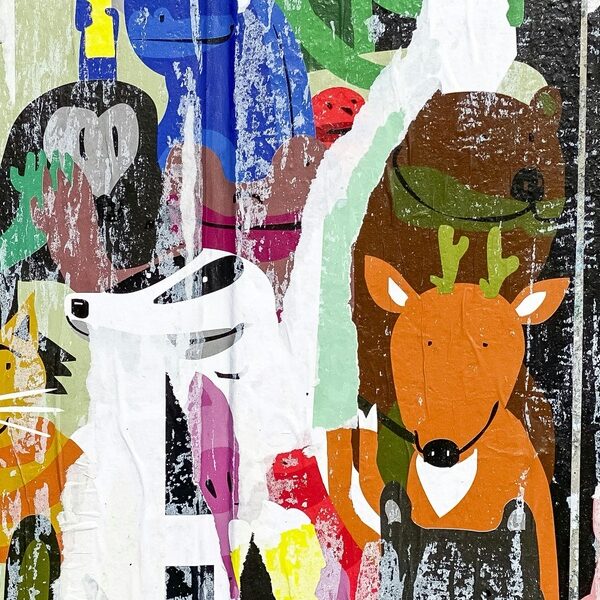This list includes 24 Common Animals that start with V, from “Vagrant shrew” to “Vulturine guineafowl”. It covers familiar birds, mammals, reptiles, amphibians, and fish found in field guides and teaching materials.
Common animals that start with V are species whose common English names begin with the letter V. Many of these animals appear in folklore and culture, with vultures and vipers serving notable symbolic roles.
Below you’ll find the table with common name, scientific name, order, and habitat/distribution.
Common name: The everyday English name helps you quickly recognize and search for each animal across guides and lists.
Scientific name: The Latin binomial gives a precise identifier so you can find consistent species information and avoid ambiguity.
Order: The taxonomic order groups related families and helps you understand broad evolutionary or ecological relationships at a glance.
Habitat/distribution: A brief note on typical habitat and global range helps you know where you might encounter the animal in nature.
Methodology note: Entries prioritize widely used common names and standard scientific names, focusing on species commonly cited in field guides. Use the A–Z index to jump to other letters and explore more animal lists.
Common Animals that start with V
| Common name | Scientific name | Order | Habitat/Distribution |
|---|---|---|---|
| Vulture | Cathartidae & Accipitridae | Accipitriformes | Worldwide except Australia; open habitats |
| Vaquita | Phocoena sinus | Cetacea | Northern Gulf of California; shallow coastal waters |
| Vole | Microtus spp. | Rodentia | Temperate regions worldwide; grasslands, fields |
| Viper | Viperidae | Squamata | Temperate/tropical regions worldwide; varied habitats |
| Vampire bat | Desmodus rotundus | Chiroptera | Central and South America; tropical forests |
| Vampire squid | Vampyroteuthis infernalis | Vampyromorphida | Deep oceans worldwide; oxygen-minimum zones |
| Vervet monkey | Chlorocebus pygerythrus | Primates | Sub-Saharan Africa; savannas, woodlands |
| Vicuña | Vicugna vicugna | Artiodactyla | Andes highlands of South America |
| Velvet ant | Mutillidae | Hymenoptera | Worldwide; dry, sandy habitats |
| Velvet worm | Onychophora | Onychophora | Tropical leaf litter and soil |
| Velvet scoter | Melanitta fusca | Anseriformes | Northern Europe and Asia coasts; seas, lakes |
| Vine snake | Ahaetulla spp. | Squamata | Tropical Asia and Americas; arboreal forests |
| Viperfish | Chauliodus sloani | Stomiiformes | Worldwide deep sea; mesopelagic zones |
| Vireo | Vireo spp. | Passeriformes | Americas; forests, gardens |
| Vanga | Vangidae | Passeriformes | Madagascar forests |
| Viceroy | Limenitis archippus | Lepidoptera | North America; wetlands, meadows |
| Vagrant shrew | Sorex vagrans | Eulipotyphla | Northwestern North America; moist forests, meadows |
| Viperine snake | Natrix maura | Squamata | Western Europe, North Africa; freshwater edges |
| Vampire finch | Geospiza difficilis | Passeriformes | Galápagos Islands; arid zones, lava fields |
| Vasa parrot | Coracopsis vasa | Psittaciformes | Madagascar and Comoros; forests |
| Violet-backed starling | Cinnyricinclus leucogaster | Passeriformes | Sub-Saharan Africa; woodlands, savanna |
| Vulturine guineafowl | Acryllium vulturinum | Galliformes | Horn of Africa dry bush and scrub |
| Velvetfish | Aploactinidae | Scorpaeniformes | Indo-Pacific reefs and sandy bottoms |
| Veery | Catharus fuscescens | Passeriformes | North American forests; migratory |
Descriptions
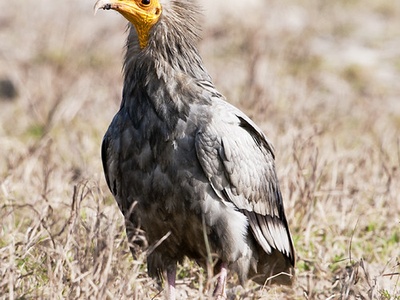
Vulture
Large scavenging birds that eat carrion; important ecosystem cleaners, includes New- and Old-World species.
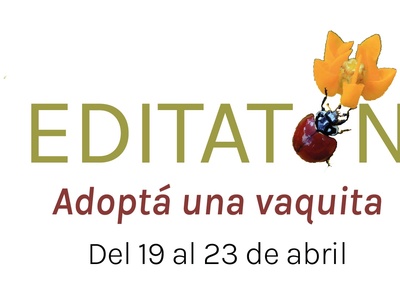
Vaquita
Critically endangered porpoise endemic to Mexico; smallest porpoise, highly threatened by fishing nets.
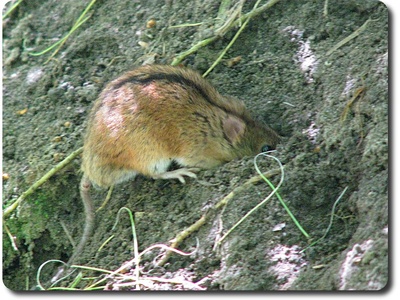
Vole
Small, stocky rodents with short tails and strong teeth; prolific breeders and key prey species.
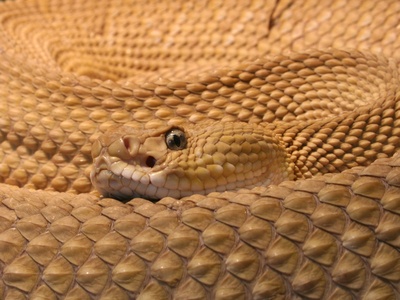
Viper
Venomous snakes with long hinged fangs; includes rattlesnakes and adders, important medically and ecologically.
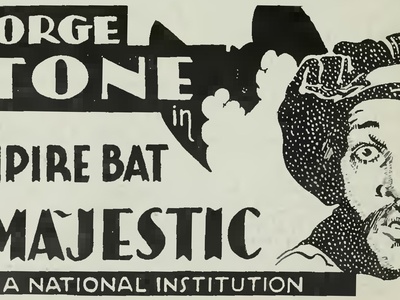
Vampire bat
Blood-feeding bat that uses heat sensors to find vessels; social, notable in disease ecology.
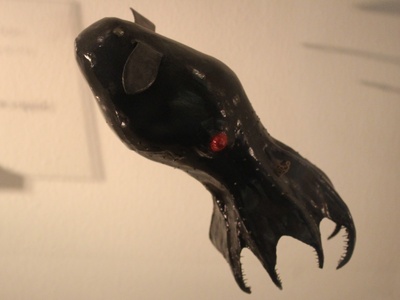
Vampire squid
Small deep-sea cephalopod with webbed arms; feeds on marine detritus and plankton.
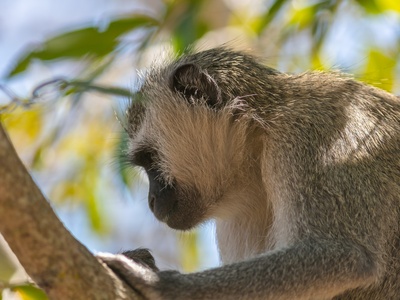
Vervet monkey
Social monkeys with black faces and grey-green fur; adaptable and common near humans.
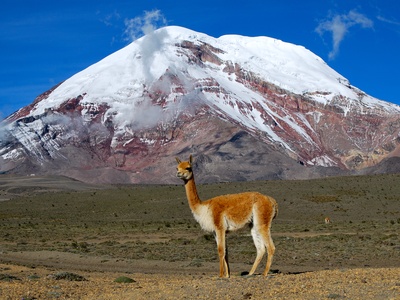
Vicuña
Wild camelid prized for extremely fine wool; slender, graceful, ancestral to alpaca.
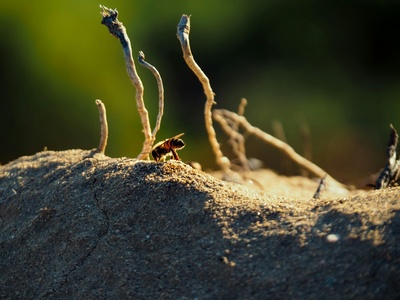
Velvet ant
Actually wingless female wasps with dense hairs; deliver very painful stings and display bright warning colors.

Velvet worm
Soft-bodied, segmented invertebrates that squirt sticky slime to capture prey; an ancient lineage.
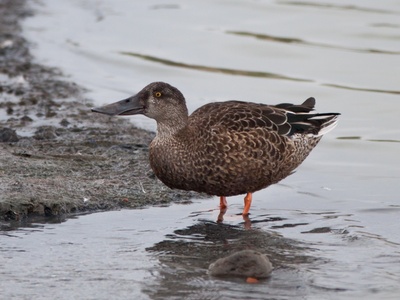
Velvet scoter
Sea duck that dives for mollusks and crustaceans; dark plumage and strong diver.
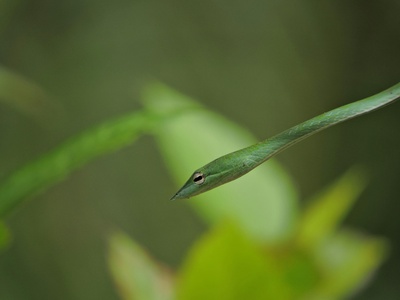
Vine snake
Slender green tree snakes that ambush prey; some species are mildly venomous and rear-fanged.
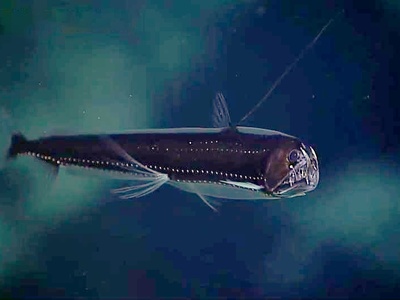
Viperfish
Fierce-looking predator with huge fang-like teeth and bioluminescent lure for catching prey.
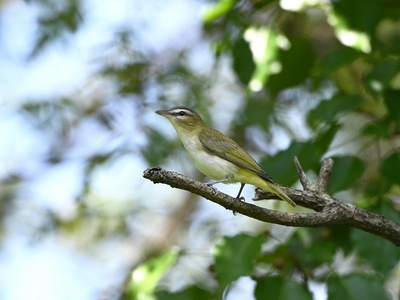
Vireo
Small insect-eating songbirds with plain plumage and melodious calls; many species across the Americas.
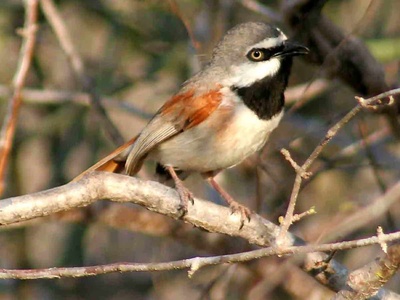
Vanga
Diverse family of birds mostly endemic to Madagascar, with varied bills and diets.
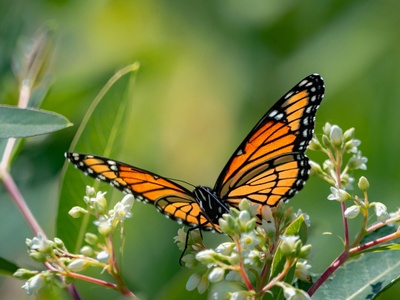
Viceroy
Orange-and-black butterfly famous for mimicking monarchs to deter predators.
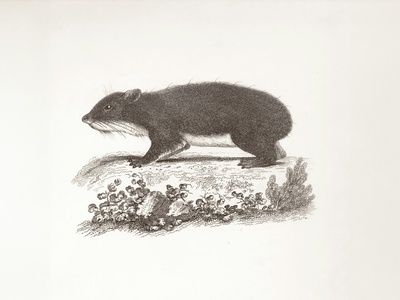
Vagrant shrew
Tiny, insectivorous shrew with a high metabolism; active day and night, eats insects and worms.
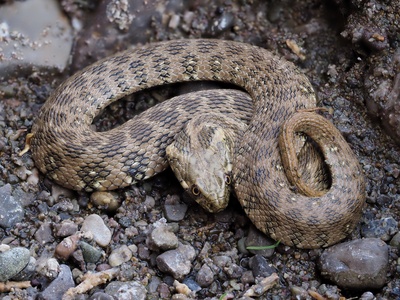
Viperine snake
Water-associated snake that superficially resembles vipers but is non-venomous.
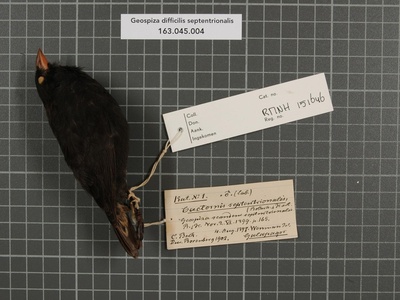
Vampire finch
Small Darwin’s finch that sometimes pecks other birds for blood; also eats seeds and insects.
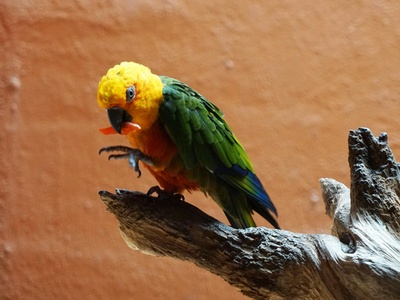
Vasa parrot
Large dark parrots with unusual breeding biology and loud calls; often kept in aviculture.
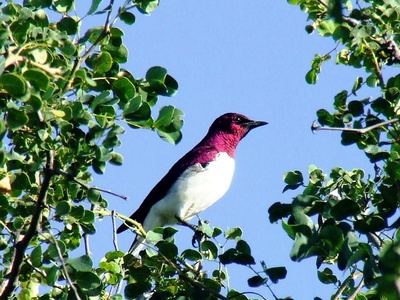
Violet-backed starling
Male sports brilliant violet back and metallic plumage; eats fruit and insects.
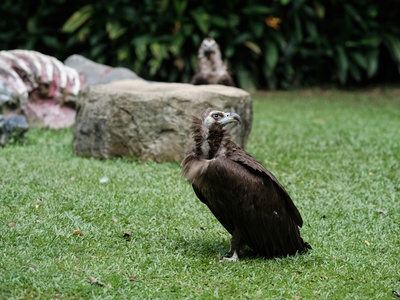
Vulturine guineafowl
Striking ground bird with blue neck and long plumes; gregarious and runs rather than flies.
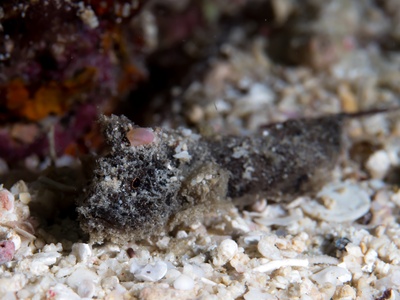
Velvetfish
Small, cryptic fish with velvety skin and spines; camouflaged ambush predator.
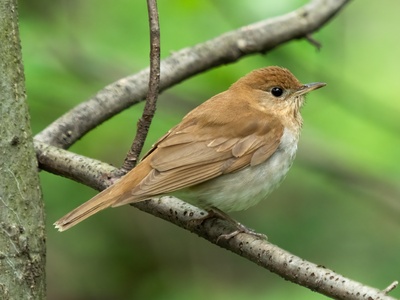
Veery
Shy thrush with a flute-like song; breeds in moist deciduous forests and migrates south seasonally.
